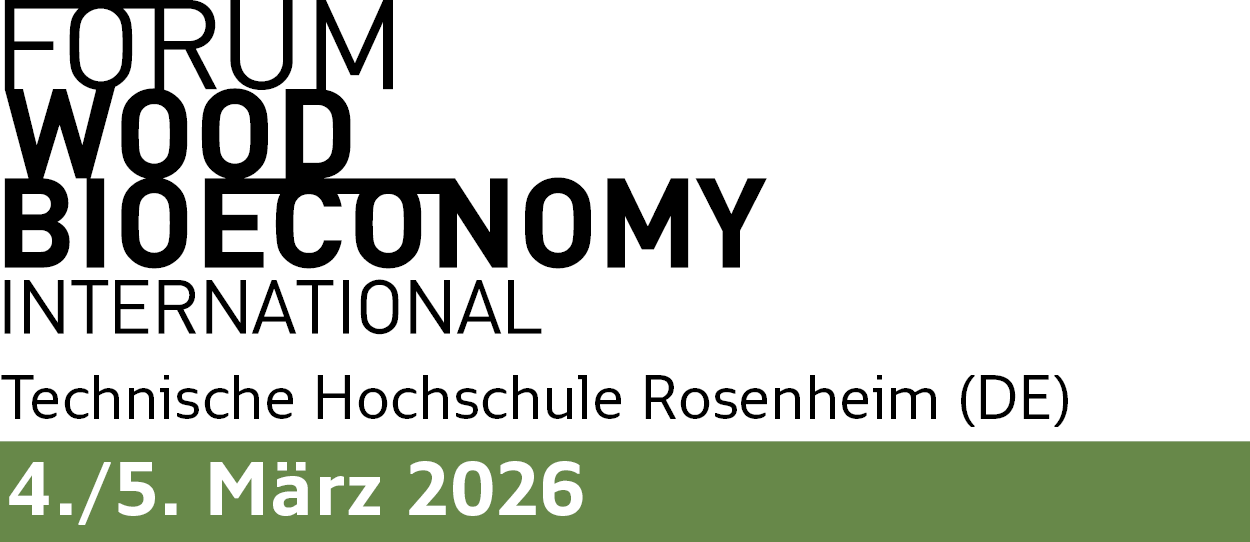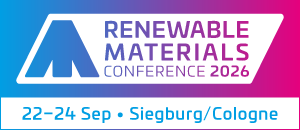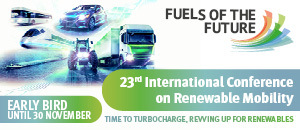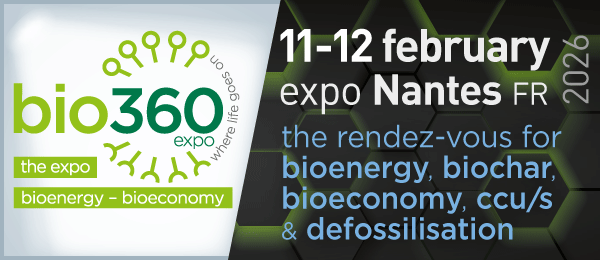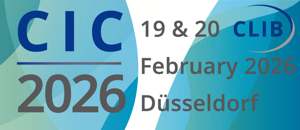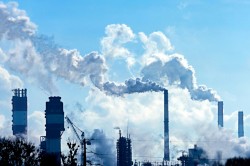
© Adobe Stock Vital
Germany aims to be climate neutral by 2045. In order to achieve this goal, greenhouse gas emissions must be greatly reduced and effective measures to remove carbon dioxide (CO2) from the atmosphere established. But which methods for the removal, binding, and storage of CO2 can be readily implemented in Germany over the next two decades? An interdisciplinary research team led by the Helmholtz Centre for Environmental Research (UFZ) and the GEOMAR Helmholtz Centre for Ocean Research Kiel has now carried out a feasibility study for 14 different carbon dioxide removal (CDR) options for Germany, taking into account ecological, technological, economic, social, institutional, and systemic aspects. The researchers hope that the results of their study will help to drive forward decision-making processes and strategies in politics, business, and technological development. The study was recently published in the specialist magazine Earth’s Future.
In order for Germany to become climate neutral by 2045, CO2 emissions must first be drastically and permanently reduced. However, CDR measures alone cannot remove the large quantities of CO2 that are emitted in Germany. It is assumed that they can offset only approx. 5-15% of the current emissions. But how effective and efficient are the various possible measures? What are the hurdles to implementing them? What are the costs? How environmentally friendly are they?
The research team investigated these and other questions in its latest study in which it analysed the feasibility of 14 CDR measures that could be implemented in Germany. The measures include direct air carbon capture and storage (DACCS) and bioenergy with carbon capture and storage (BECCS) as well as measures to increase carbon uptake by ecosystems. For their investigations, the researchers used an evaluation framework they had jointly developed in a previous study. Six different dimensions are assessed: ecological, technological, economic, social, institutional, and systemic.
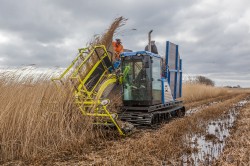
© Tobias Dahms | AESA aerial 2018
“For a good and comparable assessment of the feasibility, taking into account the risks and opportunities of different CDR measures, various aspects must be considered. Because these are not easy to keep track of and compare, we wanted to shed light on them with our study”, says Dr Malgorzata Borchers from the UFZ and co-first author of the study together with Dr Johannes Förster and Dr Nadine Mengis.
Within the framework of workshops in multidisciplinary teams of the Helmholtz Climate Initiative, the expertise of 28 co-authors was incorporated into the study.
“We thus had an incredibly large pool of expert knowledge at our disposal. This enabled us to assess the current state of knowledge on the CDR methods analysed in our study”, says Mengis.
The researchers have presented their results in a clear evaluation matrix using a traffic light colour system. Red means that the hurdles to introducing a CDR measure are high in a certain area (e.g. ecological or economic). Yellow means they are medium, and green means they are low. The study results show that the CDR measures with the lowest technological hurdles include mainly ecosystem-based measures such as the restoration of seagrass meadows, the cultivation of intermediate crops in agriculture, the rewetting of peatlands, and the reforestation of degraded land.
“Ecosystem-based measures are already being used to avoid emissions in particular. They also contribute to the removal of carbon dioxide from the atmosphere. However, the potential of these measures is limited because Germany is quite restricted in terms of area and because we cannot rewet peatlands or reforest large areas indefinitely”, says Förster. “Nevertheless, we should try to leverage these synergies. In order to achieve the climate target, it will be necessary to combine different CDR measures in a portfolio of climate protection measures”.
For measures with a higher CO2 removal potential such as BECCS, the traffic light colour in the evaluation matrix is red in many areas.
“With technological CDR measures, the economic and institutional hurdles in particular are still quite high”, says Prof Daniela Thrän, who heads the Department of Bioenergy at the UFZ. “Because there are regional differences in the feasibility and potential of these CDR measures, we believe that more practical experience is needed at the regional and local level in order to better understand how the technologies can be further developed and established as part of local value chains”.
In the evaluation matrix, there are also white spots, which indicate that there are currently no data available.
“This is particularly the case with the social assessment aspects of the CDR measures. Further research is urgently needed. For example, on how the costs and disadvantages of CDR measures could be distributed fairly across society and how their implementation would benefit society as a whole”, says Mengis.
The scientists hope that their feasibility study for possible CDR measures in Germany can help decision-makers to better understand and categorise the complex information. This is the only way to set the right course for achieving the climate target for 2045.
Publication
Borchers M., Foerster J., Thraen D., Beck S., Thoni T., Korte K., Gawel E., Markus T., Schaller R., Rhoden I., Chi Y., Dahmen N., Dittmeyer R., Dolch T., Dold Ch., Herbst M., Heß D., Kalhori A., Koop-Jakobsen K., Li Z., Oschlies A., Reusch Th., Sachs T., Schmidt-Hattenberger C., Stevenson A., Wu J., Yeates C. and Mengis N.: A Comprehensive Assessment of Carbon Dioxide Removal Options for Germany. Earth’s Future; https://doi.org/10.1029/2023EF003986
Further information on this topic
Borchers M, Thraen D, Chi Y, Dahmen N, Dittmeyer R, Dolch T, Dold C, Foerster J, Herbst M, Heß D, Kalhori A, Koop-Jakobsen K, Li Z, Mengis N, Reusch TBH, Rhoden I, Sachs T, Schmidt-Hattenberger C, Stevenson A, Thoni T, Wu J and Yeates C (2022) Scoping carbon dioxide removal options for Germany-What is their potential contribution to Net-Zero CO2? Front. Clim. 4:810343. doi: 10.3389/fclim.2022.810343
Foerster J, Beck S, Borchers M, Gawel E, Korte K, Markus T, Mengis N, Oschlies A, Schaller R, Stevenson A, Thoni T and Thraen D (2022) Framework for Assessing the Feasibility of Carbon Dioxide Removal Options Within the National Context of Germany. Front. Clim. 4:758628. doi: 10.3389/fclim.2022.758628
Mengis, N., Kalhori, A., Simon, S., Harpprecht, C., Baetcke, L., Prats-Salvado, E., et al. (2022). Net- zero CO2 Germany-A retrospect from the year 2050. Earth’s Future, 10, e2021EF002324. https://doi. org/10.1029/2021EF002324
Contacts
Prof. Dr. Daniela Thraen
Head of the UFZ Department of Bioenergy Systems
E-Mail: daniela.thraen@ufz.de
Dr. Malgorzata Borchers
UFZ Department of Bioenergy Systems
E-Mail: malgorzata.borchers@ufz.de
Dr. Nadine Mengis
Research group leader at GEOMAR
E-Mail: nadine.mengis@geomar.de
Dr. Johannes Foerster
UFZ Department of Environmental Politics
E-Mail: johannes.foerster@ufz.de
About Helmholtz Centre for Environmental Research
In the Helmholtz Centre for Environmental Research (UFZ), scientists conduct research into the causes and consequences of far-reaching environmental changes. Their areas of study cover water resources, ecosystems of the future, environmental technologies and biotechnologies, the effects of chemicals in the environment, modelling and social-scientific issues. The UFZ employs more than 1,100 staff at its sites in Leipzig, Halle and Magdeburg. It is funded by the Federal Government, Saxony and Saxony-Anhalt.
About the Helmholtz Association
The Helmholtz Association contributes to solving major challenges facing society, science and the economy with top scientific achievements in six research fields: Energy; Earth and Environment; Health; Key Technologies; Matter; and Aeronautics, Space and Transport. With some 39,000 employees in 19 research centres, the Helmholtz Association is Germany’s largest scientific organisation.
Source
Helmholtz Centre for Environmental Research, press release, 2024-05-15.
Supplier
GEOMAR Helmholtz-Zentrum für Ozeanforschung Kiel
Helmholtz-Zentrum für Umweltforschung (UFZ)
Share
Renewable Carbon News – Daily Newsletter
Subscribe to our daily email newsletter – the world's leading newsletter on renewable materials and chemicals





